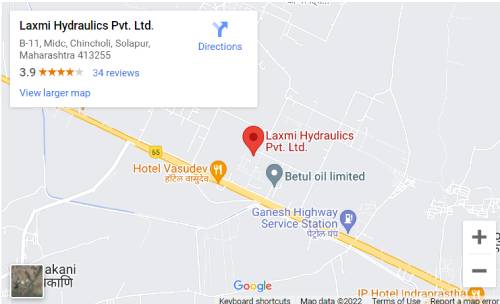- Check connections, Motor is wired correctly?
- Refer to the connection diagram to verify the motor is wired correctly.
- Is Motor damaged and rotor is touching stator
- Rotate the motor’s shaft and feel for rubbing
- Power supply or line issue
- Check the source of power, overload, fuses, controls, etc.
FAQs/Troubleshooting
Motor Fails to Start
Motor was running, Then Fails to Start
- Motor was running, Then Fails to Start
- Replace the fuse or reset the breaker.
- Stator is shorted or went to ground (Motor will make a humming noise and the circuit breaker or fuse will trip)
- Check for leaks through the coils. If leaks are found, the motor must be replaced.
- Motor overloaded or jammed
- Inspect to see that the load is free. Verify the amp draw of motor versus the nameplate rating.
- Capacitor (on single phase motor) may have failed
Motor Runs but Down suddenly
- Load increased
- Verify that the load has not changed and the equipment has not gotten tighter. If it is a fan application, verify that the air flow hasn’t changed.
Motor Takes Too Long to Accelerate
- Defective capacitor
- Test the capacitor per previous instructions or check if some other equipment is taking power away from the motor.
- Bad bearings
- Noisy or rough feeling bearings should be replaced by the motor supplier. Voltage too low
- Make sure the voltage is within 10% of the motor’s nameplate rating. If not, contact your power company
Motor Runs in the Wrong Direction
- Verify that the motor is getting enough air for proper cooling.
- Connect the motor terminals according to the connection diagram provided with the motor. 6. Motor
- Overloaded/Thermal Protector Continuously Drips
- Load too high
- Verify that the load is not jammed. If the motor is a replacement, verify that the rating is the same as old motor.
- Ambient temperature too high
- Incorrect wiring / connection
Motor Overheating
- Overload. Compare actual amps (measured) with nameplate rating
- Locate and remove the source of excessive friction in the motor or load. Reduce the load or replace the motor with one of greater capacity.
- Single phasing (three phase only)
- Check the current at all phases. It should be approximately the same.
- Improper ventilation
- Check external cooling fan to be sure air is moving properly through the cooling channels. If there is excessive dirt build-up, clean the motor.
- Unbalanced voltage (three phase only)
- Check the voltage at all phases. It should be approximately the same.
- Rotor rubbing on stator
- Tighten the thru bolts.
- Over voltage or under voltage
- Check the input voltage at each phase of the motor to make sure the motor is running at voltage specified on the nameplate.
- Open stator winding (three phase only)
- Check the stator resistance at all three phases for balance.
- Improper connections
- Inspect all the electrical connections for proper termination, clearance, mechanical strength, and electrical continuity. Refer to the motor lead diagram.
Motor Vibrates
- Motor misaligned to load
- Realign the load.
- Load out of balance (direct drive application)
- Remove the motor from load and inspect the motor by itself. Verify that the motor shaft is not bent.
- Defective motor bearings
- Test the motor by itself. If the bearings are bad, you will hear noises or feel roughness.
- Load too light (single phase only)
- Some vibration at a light load is standard. Consider switching to a smaller motor for excessive vibration.
- Defective winding
- Test the winding for shorted or open circuits. The amps may also be high. For defective winding, replace the motor.
- High voltage
- Check the power supply to make sure voltage is accurate.
Bearings Fail
- Load to motor may be excessive or unbalanced
- Check the motor load and inspect the drive belt tension to ensure it’s not too tight. An unbalanced load will also cause the bearings to fail.
- High ambient temperatures
- If the motor is used in an environment with high ambient temperatures, a different type of bearing grease may be required. You may need to consult the factory.
- High motor temperatures
- Check and compare the actual motor loads to the motor’s rated load capabilities.

